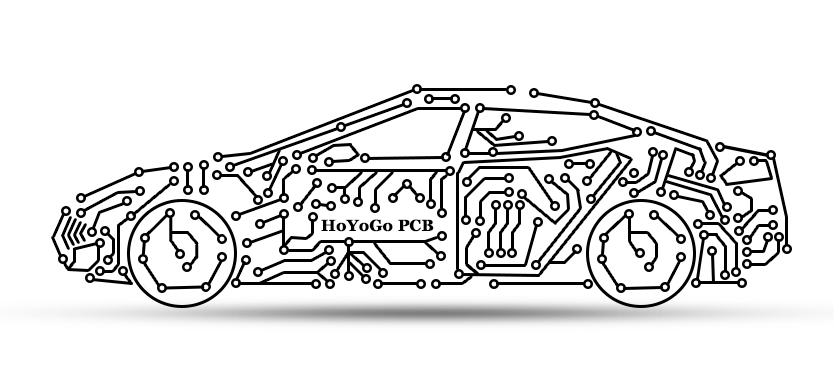

The automotive engine is regarded as the core component of the automobile and undertakes the key task of driving the normal operation of the automobile. In this critical engine control system, there is a “low-key” but indispensable role - the automotive PCB. This article will elaborate on the key role of this tiny electronic component in automotive engine control, and how to maintain its normal operation in high-temperature environments.

Automotive PCB, as the core component of the automotive electronic system, plays the role of the commander of the engine control system, responsible for connecting, transmitting and regulating various key information. It is like a “think tank” for engine control, continuously monitoring the operating status of the engine, and sending instructions to other components through precise electronic communication to ensure that the engine is running in optimal conditions.
In high temperature environment, a automotive engine is like a feverish “crater”, and the temperature around it will rise rapidly, posing severe challenges to the automotive PCB. In this case, our automotive is like a “thermal warrior” that needs to travel through high-temperature environments to maintain its own stability and reliability.
In response to this “thermal battlefield”, automotive PCB use high-temperature resistant materials, such as ceramic substrate or high-temperature epoxy resins. This material is like wearing a strong “thermal insulation suit”, which effectively resists invasion caused by high temperature environment. In addition, the design of automotive PCB has also undergone sophisticated thermal management, such as adding heat sinks, rationally laying out components, etc. It functions like the “cooling master” of the engine control system, which can effectively dissipate heat to ensure the stability of the system.
In addition, automotive PCB also use advanced temperature monitoring technology, such as thermistors or infrared sensors, which are like the "temperature monitoring officer" of the engine control system. They always pays attention to the temperature changes of the system and makes corresponding adjustments according to real-time conditions to ensure that the system operates stably in high-temperature environments.
In general, automotive PCB plays an indispensable role in the automotive engine control system, and its stable operation in high-temperature environments is crucial. By using high-temperature resistant materials, fine designs, and advanced temperature detection technology, automotive PCB can cope with various extreme conditions and ensure that the automotive engine is operating at its best.
HoYoGo is an international, professional and reliable automotive PCB factory. Whether it is electrical testing, functional testing, high temperature environment testing, thermal shock testing, vibration and shock testing, humidity testing or EMI/EMC testing, these high-quality automotive PCB we produce can withstand the test and ensure the smooth operation of the automotive systems. They are like a reliable guardian, providing a solid guarantee for every drive of the car, allowing you to drive with peace of mind and enjoy the journey.
